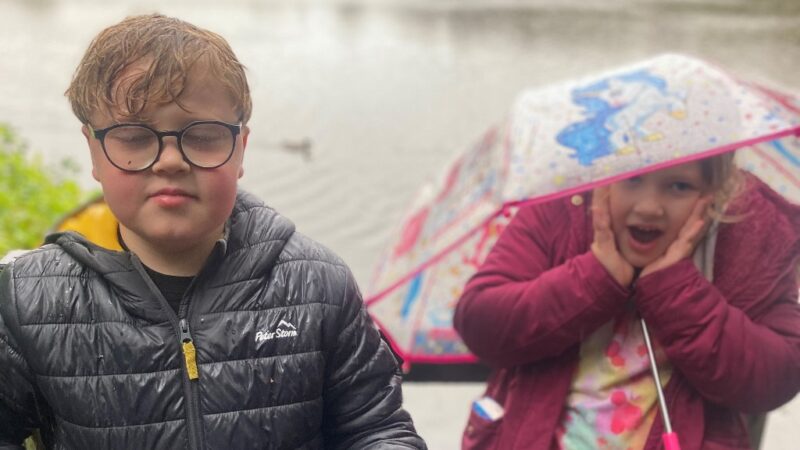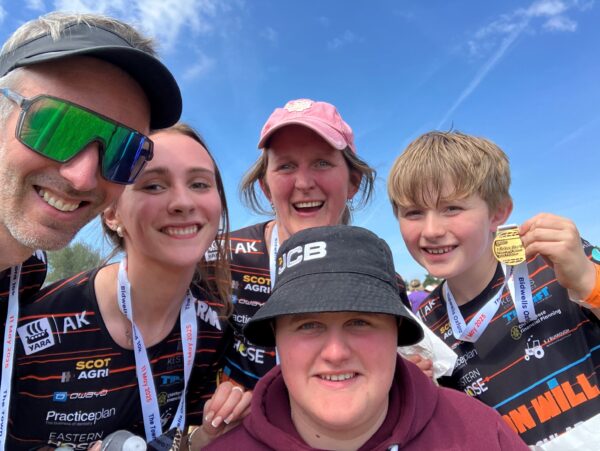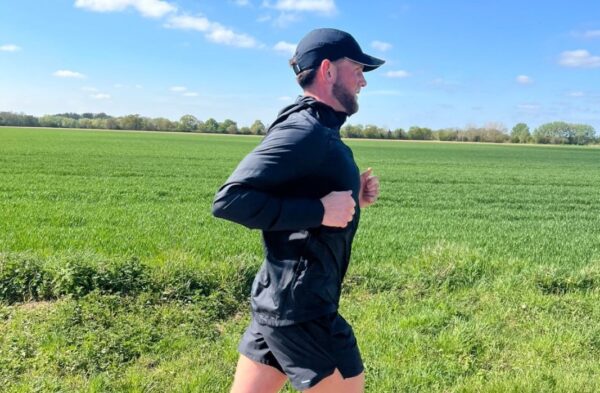“Coming out.” For many, the phrase makes people think of a single, life-changing event. But what if coming out is a path you navigate every single day? This Pride month, as we celebrate the courage and diversity of the LGBTQ+ community, I want to share a more personal reflection – one that explores this idea of continuous “coming out,” not just as a gay man, but also as someone living with a disability.
Coming out every day: my intersecting journeys with LGBTQ+ and disabled identity
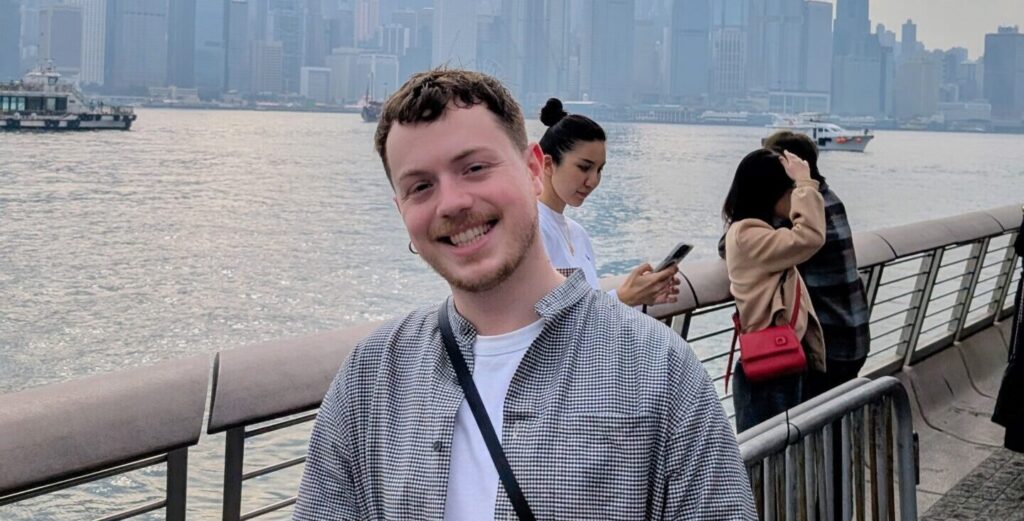
My name is Hugh, my disability is (currently) non-visible, and these twin journeys of identity have taught me more than I could have imagined about myself, and about how we can ensure that everyone is included.
Coming out twice
My “coming out as gay” story happened in late high school. Looking back, I was incredibly lucky – the support from my friends, school, and family was a genuine acceptance. But the lead-up was filled with that quiet, concerning fear many of us know: the fear of being seen as ‘less than’, of casual connections slowly disappearing. It’s a heavy weight for young shoulders. My diagnosis of Limb Girdle Muscular Dystrophy (LGMD 2A/R1) came much earlier, in 2007, long before I found the language for my LGBTQ+ identity. Now, at 29, because my disability isn’t immediately obvious, disclosing it is a choice I still make, repeatedly, in new situations and with new people. It’s a constant series of small “coming out” moments. My LGBTQ+ identity, on the other hand, feels more visibly part of me now, so those specific announcements are rarer.
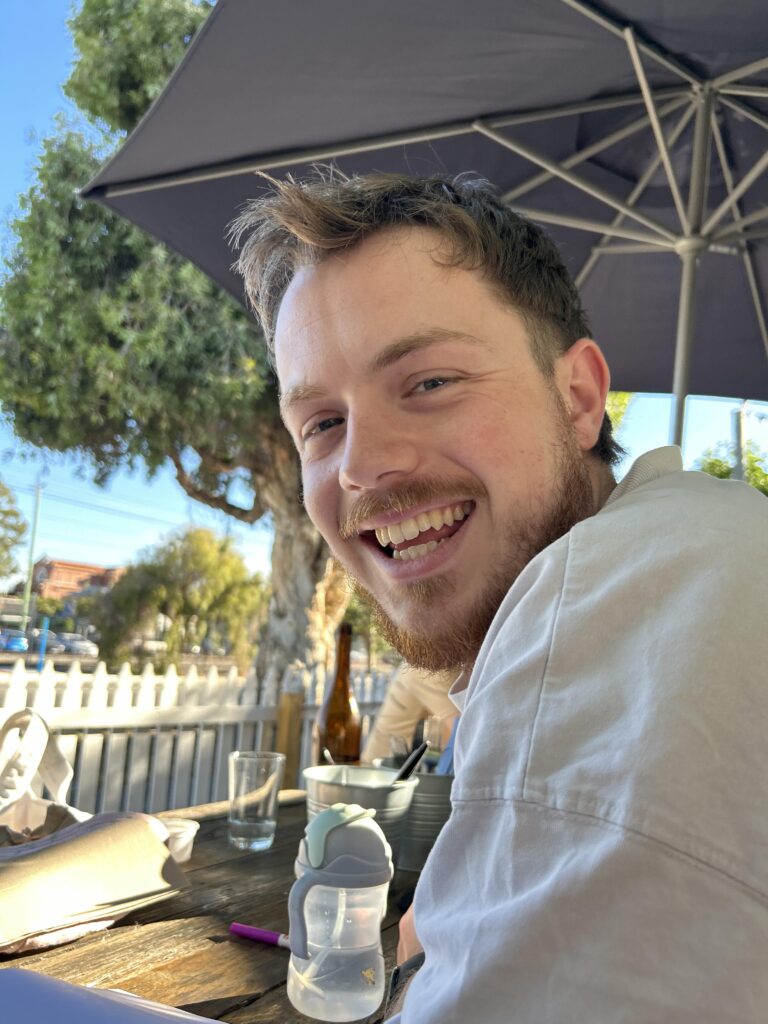
What feels the same?
This daily navigation of disclosure is where the similarities between my LGBTQ+ and disabled identities feels strongest for me. When I was younger, neither “being gay” nor “being disabled” felt like clear concepts. Media portrayals of gay lives were often steeped in sadness, offering little hope for a joyful future, especially when marriage equality was still a distant dream in Australia (where I grew up). Similarly, the true impact of LGMD was unknown – how would it shape my choices, my career, my future needs? Both paths were full of uncertainty, and often, a sense of loneliness.
Then there’s the ongoing anticipation of how others will react. That flicker of pity, the sudden awkwardness – these can follow sharing your disability and sexuality, a reminder that your identity can be misinterpreted or judged.
What feels different?
But the paths differ sharply, too. Today, discussing my sexuality is usually straightforward. As a white gay man, there’s a degree of societal familiarity. Though, of course, this is not true of all LGBTQ+ people, my identity rarely means I come up against barriers. My experience with disability, however, is very different. If discrimination against LGBTQ+ people often comes from prejudice, the discrimination I face as a disabled person feels more like being systematically forgotten. Our needs are too often an afterthought, our inclusion deemed too costly or too difficult. The world constantly reminds us: broken lifts, inaccessible transport, the exhausting battles for basic support like Personal Independence Payment (PIP), often met with disbelief, especially when a condition isn’t visible. I am never asked to justify being gay; I frequently feel I have to justify my disability.
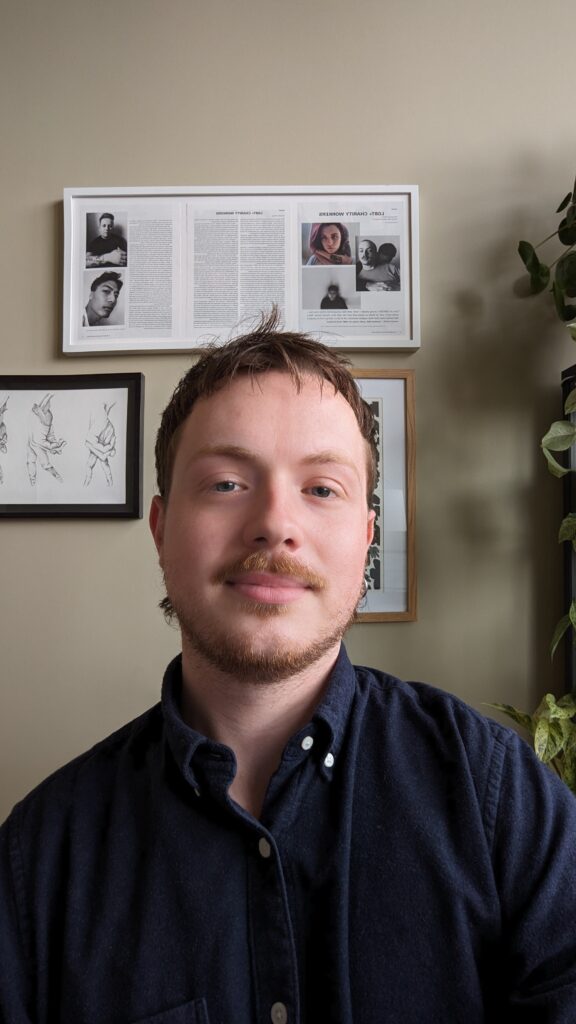
Living with this intersectionality
Living with these identities often overlapping means sometimes feeling invisible in both communities. LGBTQ+ spaces, for all their vibrancy, can overlook disabled people. Are Pride events truly accessible to everyone? Is there room for diverse body types beyond the narrow, often exclusionary, ideals? On the other hand, disabled spaces can sometimes operate on cisgender and heteronormative assumptions, forgetting that LGBTQ+ disabled people exist and have unique experiences.
How can we make sure no one feels like an afterthought?
Connect and build. If you are LGBTQ+ and disabled, you are not alone. Online spaces can be incredible for finding support and solidarity with those who share your journey.
See the whole person, always. When planning any event, for Pride or otherwise, ask: “How can we make this genuinely welcoming for disabled LGBTQ+ people?” When supporting disabled people, challenge your assumptions: “What am I taking for granted about their sexuality or gender?”
Be curious, learn more. Seek out the stories of LGBTQ+ disabled people. Resources like Ryan O’Connell’s series ‘Special’ on Netflix, books like “Disability Visibility: First-Person Stories from the Twenty-First Century” edited by Alice Wong, or exploring the work of UK-based organisations like ParaPride, which supports LGBTQ+ disabled people, are great places to start.
Small gestures, big impact. Sharing your pronouns, using inclusive terms like “partner” – these aren’t just token gestures. They are signals of respect that create safer, more welcoming spaces for everyone.
